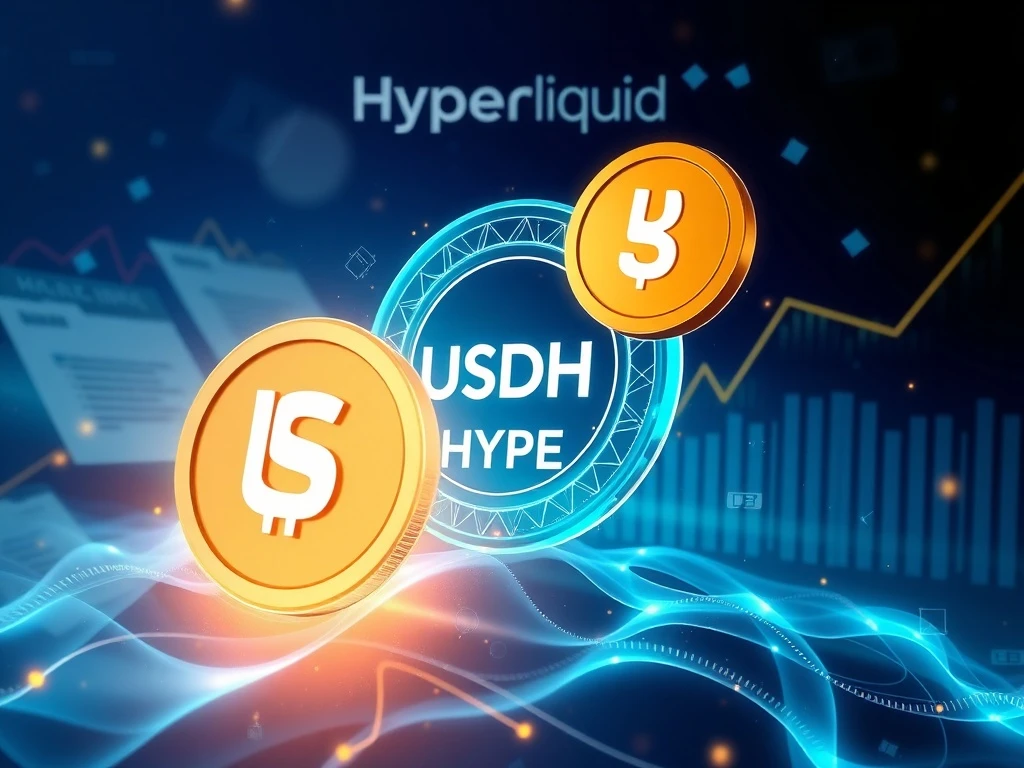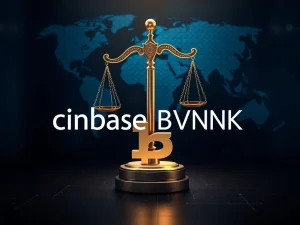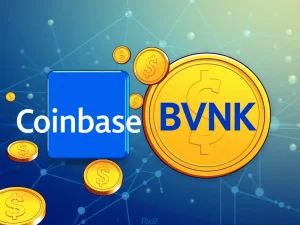Paxos Unveils Groundbreaking USDH Stablecoin for Hyperliquid, Powering HYPE Buybacks

The cryptocurrency world consistently seeks innovation, particularly in stablecoins and decentralized finance. A significant development now emerges. Paxos, a leading stablecoin infrastructure firm, proposes a new USDH stablecoin. This stablecoin is designed specifically for the Hyperliquid ecosystem. This initiative promises to funnel a substantial 95% of its yield into HYPE token buybacks. This signals a strategic move to bolster the platform’s native asset. This bold proposal could redefine growth and compliance within the DeFi space.
Paxos Stablecoin: Introducing USDH for Hyperliquid
Paxos has officially submitted a proposal to launch USDH. This groundbreaking **Paxos stablecoin** is designed exclusively for Hyperliquid. It aims to be fully compliant with major regulatory frameworks. These include the Guiding and Establishing National Innovation for US Stablecoins Act (GENIUS Act) and the Markets in Crypto-Assets (MiCA) standards. The announcement, released recently, highlights a clear vision for regulated and transparent digital assets. Paxos believes this compliance will unlock new avenues for adoption. It specifically targets both institutional and mainstream fintech platforms.
This strategic move is led by Paxos Labs, a newly formed entity within Paxos. To ensure deep integration, Paxos Labs acquired Molecular Labs. Molecular Labs developed Hyperliquid primitives like LHYPE and WHLP. This acquisition significantly enhances Paxos’s understanding of Hyperliquid’s intricate on-chain financial architecture. Consequently, the USDH stablecoin is poised for seamless integration and robust performance within the ecosystem.
Boosting Hyperliquid HYPE Token Value Through Yield Allocation
A core feature of the USDH proposal involves a unique rewards mechanism. Paxos plans to allocate an impressive 95% of the interest generated from USDH reserves directly to the Hyperliquid ecosystem. This substantial yield will primarily fund **Hyperliquid HYPE token** buybacks. Redistributing this value benefits various participants. These include users, validators, and partner protocols within the Hyperliquid network. This direct financial incentive aligns the interests of Paxos with the long-term success of Hyperliquid. The strategy offers several key advantages:
- Increased Demand: Growing USDH adoption boosts demand for HYPE.
- Ecosystem Support: Direct value redistribution benefits all network participants.
- Broader Exposure: HYPE integration into Paxos’s brokerage infrastructure reaches new audiences.
This effectively creates a self-sustaining loop. As USDH adoption grows, its reserves generate more yield. This, in turn, fuels greater HYPE token buybacks. Such a mechanism aims to increase demand for HYPE, potentially enhancing its value. Moreover, Paxos intends to integrate HYPE into its existing brokerage infrastructure. This infrastructure already powers crypto services for major platforms like PayPal, Venmo, and MercadoLibre. This integration could expose HYPE to a much wider audience.
USDH Stablecoin: A Bridge to Institutional Adoption
The introduction of the **USDH stablecoin** serves a critical purpose. It aims to bridge Hyperliquid to traditional financial institutions. USDH will deploy across both HyperEVM and HyperCore chains. This dual deployment ensures broad accessibility and functionality. Paxos emphasizes that regulatory clarity is paramount for attracting institutional capital. By adhering to GENIUS Act and MiCA standards, USDH offers this crucial clarity.
Paxos possesses an extensive global infrastructure. It integrates with over 70 financial partners. Its operations span key markets like the US, EU, Singapore, Abu Dhabi, and Latin America. This robust network will facilitate the widespread distribution of USDH. Consequently, Hyperliquid can tap into global banking rails. This connection makes the platform significantly more attractive to large-scale investors and mainstream fintech companies. The goal is clear: make decentralized finance accessible and compliant for everyone.
Enhancing Trust and Accessibility
Compliance with stringent regulations builds trust. This trust is essential for institutions considering entry into the DeFi space. Furthermore, the ability to operate within established banking systems simplifies onboarding processes. It removes many barriers that previously hindered institutional participation. The USDH stablecoin, therefore, represents a significant step. It moves towards greater mainstream acceptance for Hyperliquid and the broader DeFi sector.
Hyperliquid’s Dominance in DeFi Perpetuals
Hyperliquid has already established itself as a formidable player in the decentralized perpetual futures market. Recent data from DefiLlama underscores its impressive performance. Last month, Hyperliquid generated over $106 million in revenue. This came from nearly $400 billion in trading volume. These figures demonstrate the platform’s significant operational scale.
Indeed, Hyperliquid commands a dominant 70% market share in the decentralized perpetuals sector. Only major decentralized exchanges like Uniswap and PancakeSwap surpass it in weekly trading volume. This market leadership positions Hyperliquid uniquely. The introduction of a compliant **DeFi perpetuals** stablecoin like USDH could further solidify its position. It might even accelerate its growth trajectory. The synergy between a leading platform and a regulated stablecoin creates powerful opportunities.
Strategic Advantage in a Competitive Market
The decentralized perpetuals market is highly competitive. Hyperliquid’s existing infrastructure and strong user base provide a solid foundation. Adding a fully compliant stablecoin offers a distinct strategic advantage. It differentiates Hyperliquid from many competitors. This move attracts users who prioritize regulatory assurance and institutional-grade liquidity. Ultimately, it strengthens Hyperliquid’s ecosystem.
Navigating Crypto Regulations for Future Growth
The cryptocurrency industry faces increasing scrutiny from global regulators. The GENIUS Act and MiCA represent significant efforts to establish clear frameworks. Paxos’s commitment to adhering to these **crypto regulations** is therefore critical. This proactive approach ensures USDH operates within legal boundaries. It also sets a precedent for other stablecoin projects.
Regulatory compliance is not merely about avoiding penalties. It is about fostering an environment of stability and legitimacy. For instance, Kazakhstan has already piloted USD-pegged stablecoin payments for regulatory fees. This indicates a growing trend towards integrating regulated digital assets into traditional financial systems. Paxos’s proposal aligns perfectly with this global movement. It promotes responsible innovation within the digital asset space.
A Model for Responsible Innovation
This regulatory foresight offers a blueprint for the wider industry. As digital assets gain more traction, adherence to established legal and financial standards becomes paramount. Paxos’s initiative demonstrates a path forward. It combines the agility of decentralized finance with the security and trust of regulated financial instruments. This approach builds confidence among users and institutional partners alike.
Conclusion
Paxos’s proposal for the USDH stablecoin marks a pivotal moment for Hyperliquid and the broader DeFi landscape. By prioritizing regulatory compliance and aligning incentives through HYPE token buybacks, Paxos aims to drive significant adoption. This initiative could unlock new institutional pathways and reinforce Hyperliquid’s leading position in decentralized perpetuals. The future of compliant, integrated stablecoins appears brighter than ever. This development underscores the ongoing evolution of digital finance.







